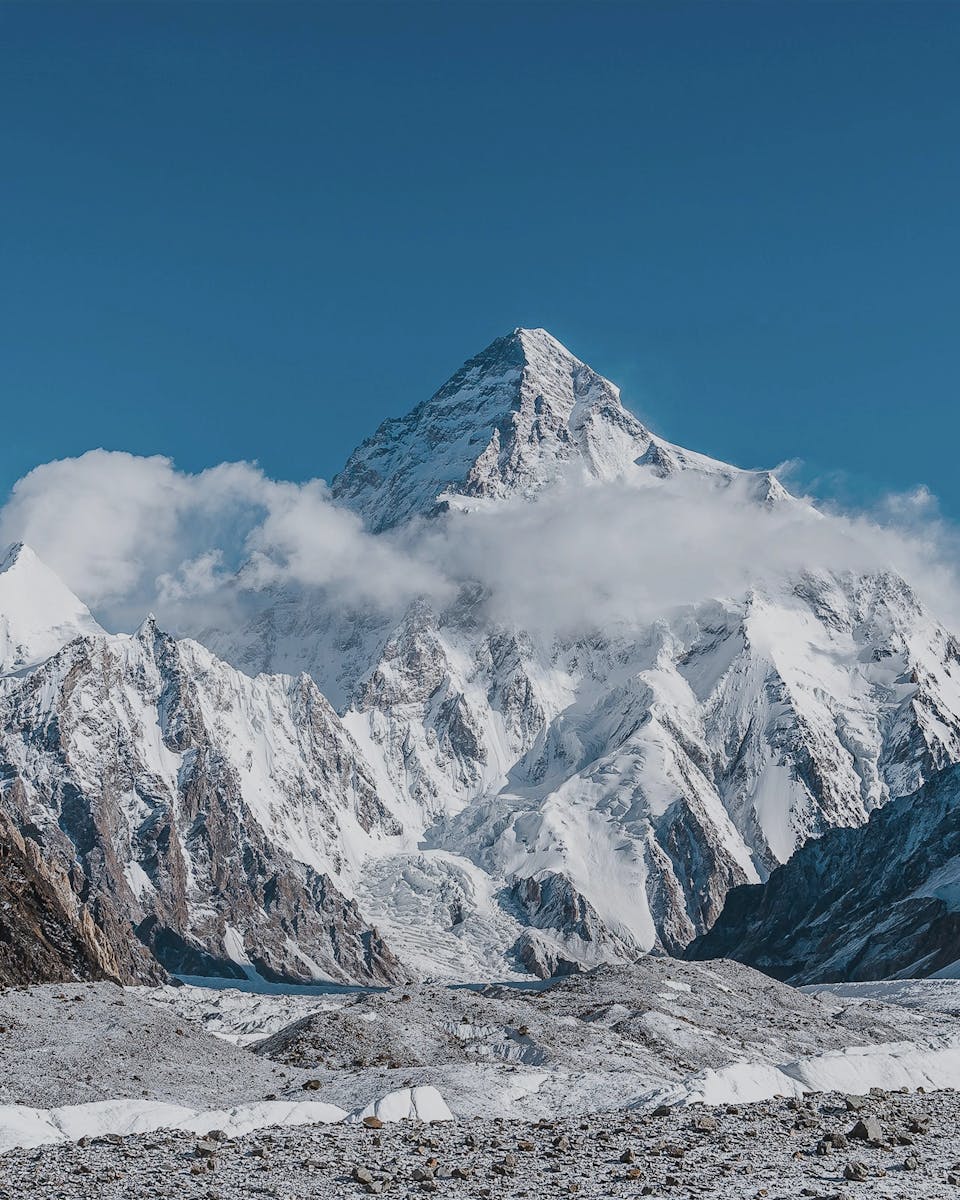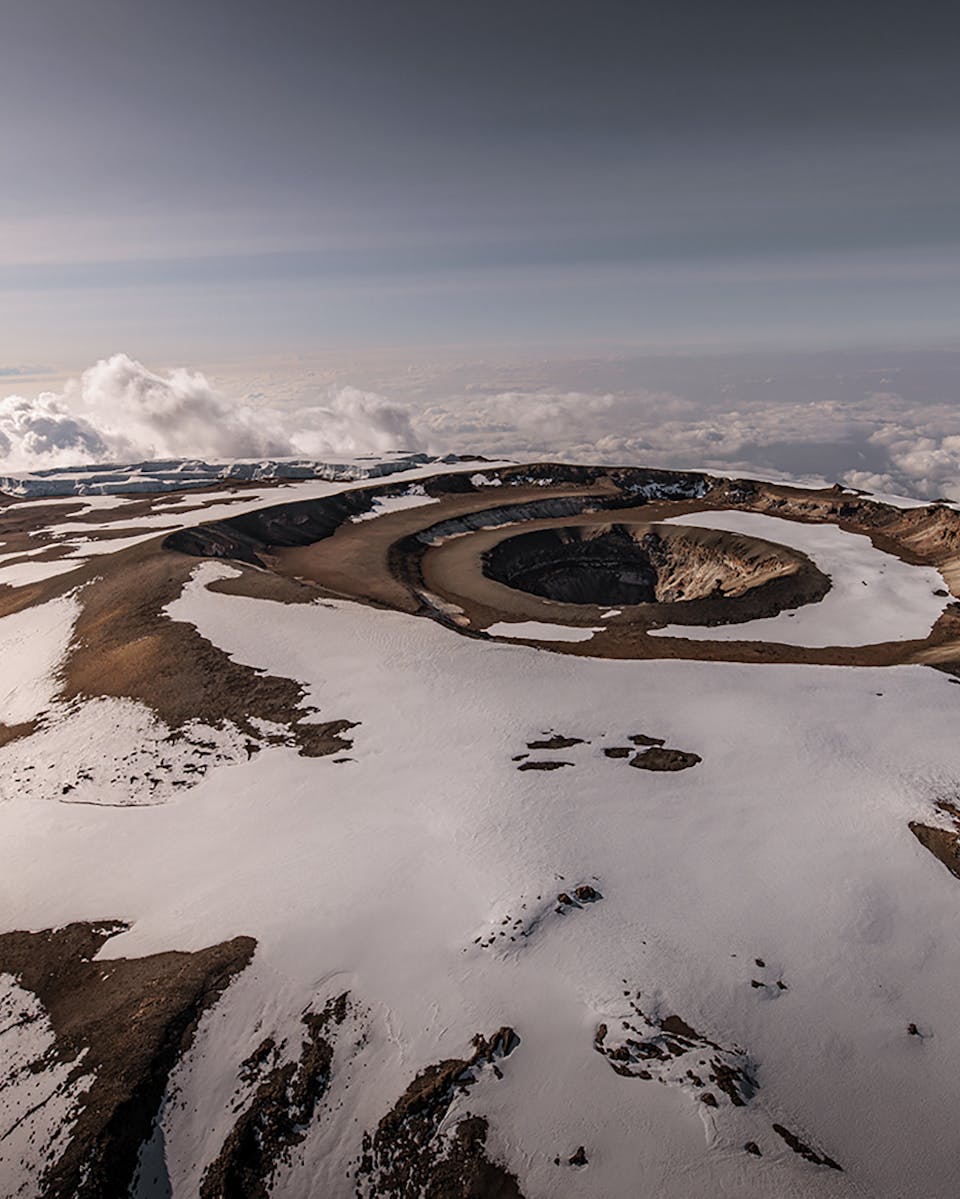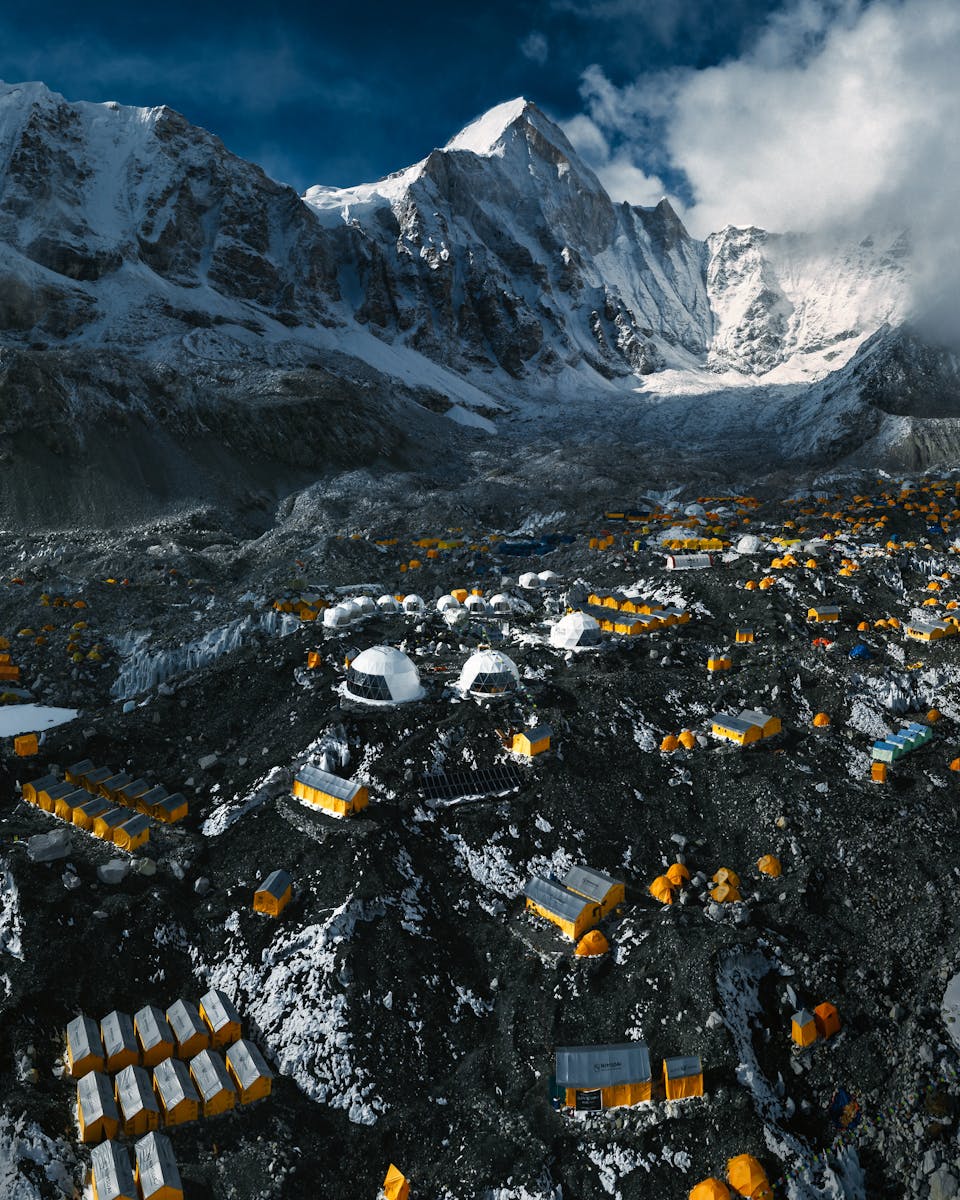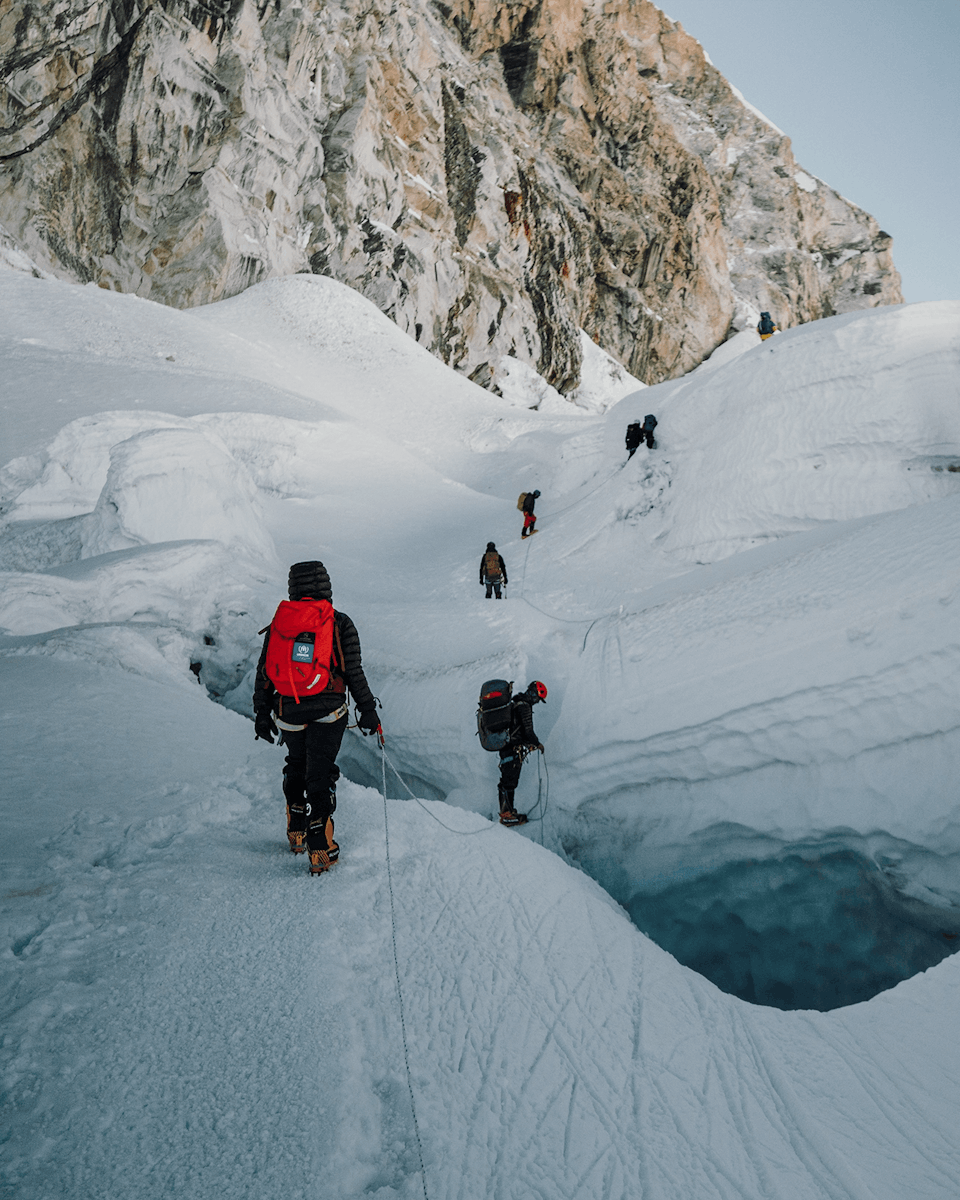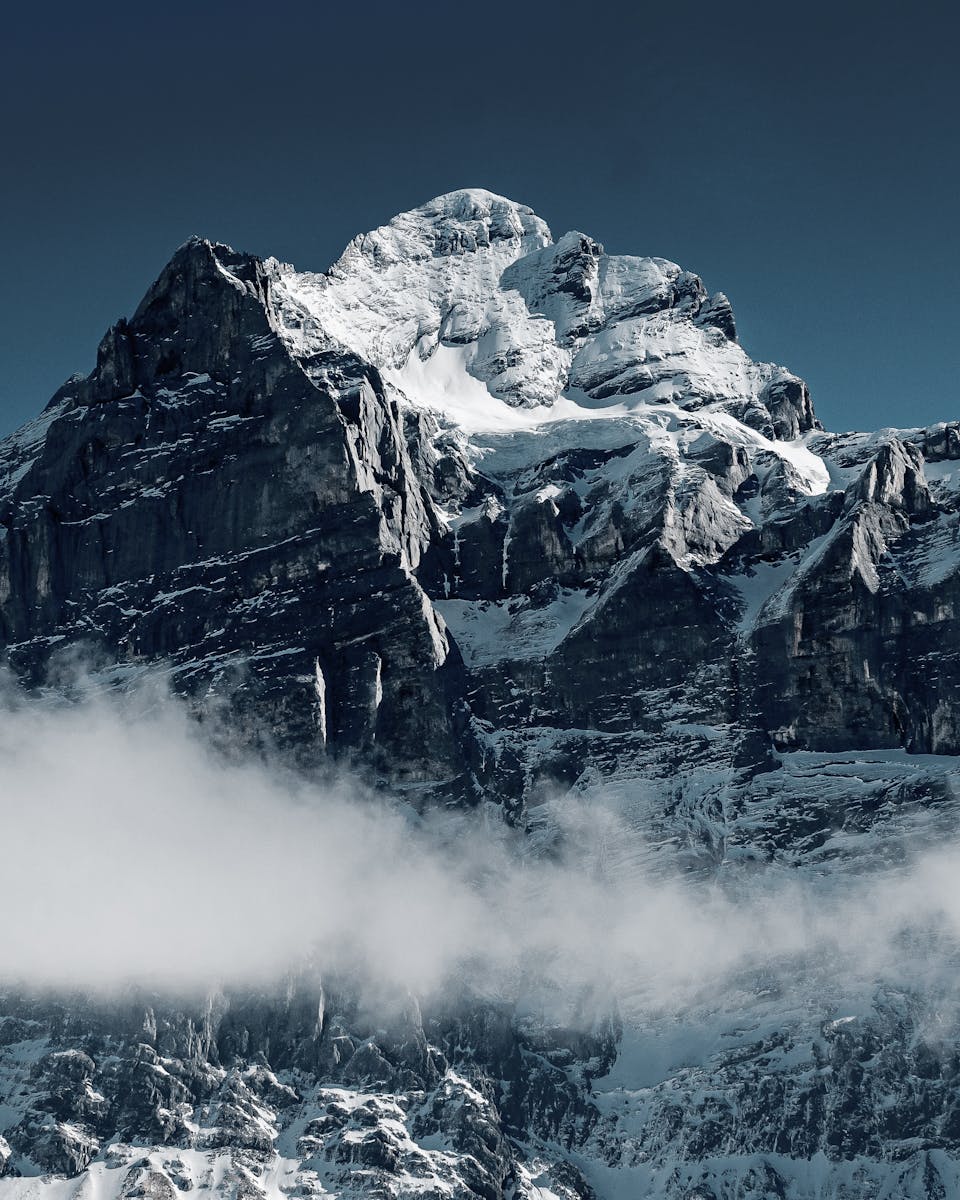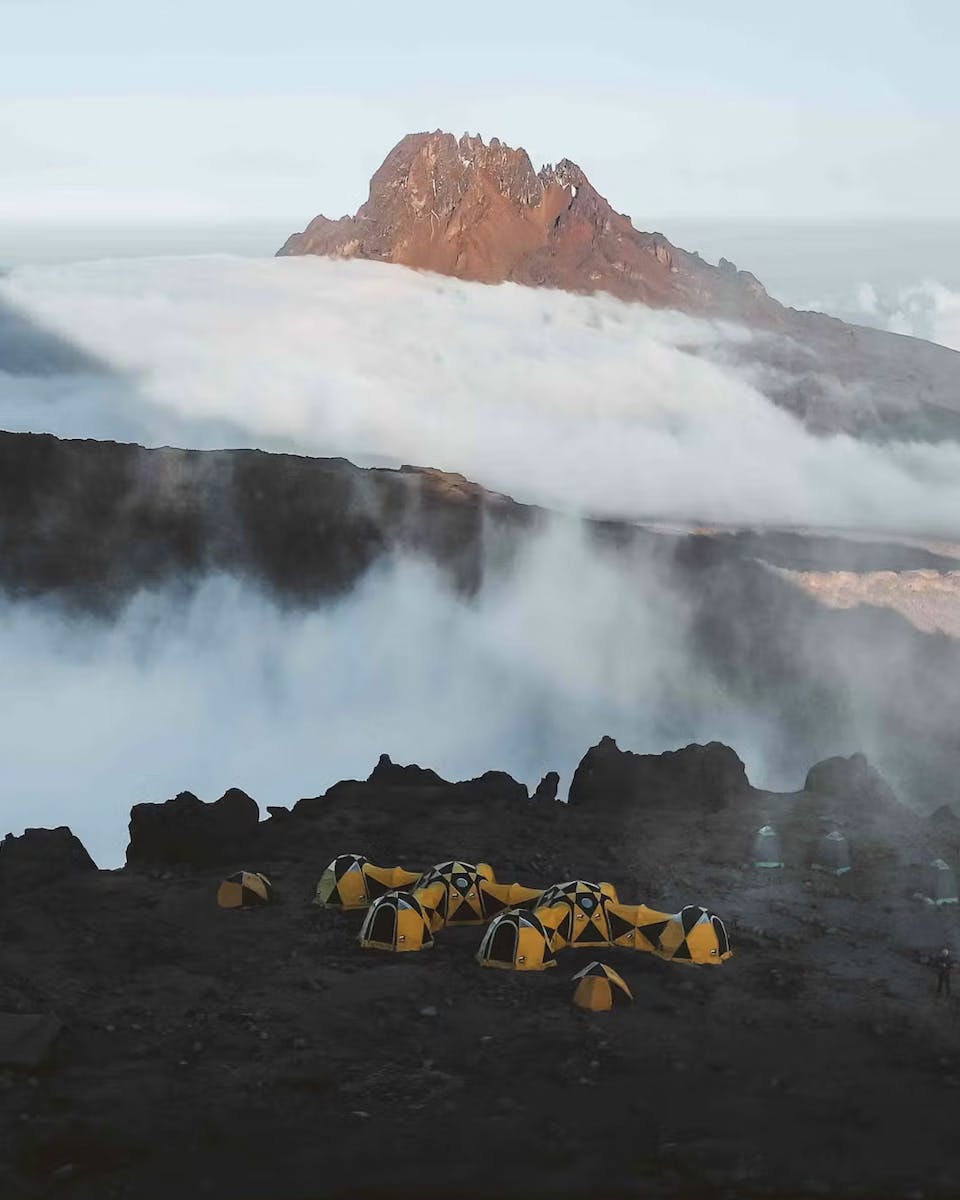Towering at an incredible 28,000 feet, K2 beckons climbers with its sweeping panoramic views and breathtaking peaks. However, this "Savage Mountain" lives up to its name. K2's weather is notoriously unpredictable and can turn deadly at any moment.
Success on K2 depends heavily on the season you choose for your expedition. So, when is the best time to climb K2?
Summer (July and August)
K2’s climbing season officially begins in the middle of June and finishes at the end of September. However, the best months to complete the climb tend to be July and August.
Due to its unique geography, the area surrounding K2 Base Camp and Concordia has its own microclimate. As a result, while the rest of Southeast Asia endures the monsoon season throughout the peak of summer, K2 mountain enjoys stable weather during July and August.
These stable climate patterns mean our guides can better predict sudden changes to the weather, making each climb safer as a result. At Base Camp, July and August bring clear skies, low prevailing wind speeds, warm temperatures of around 6 degrees Celsius and only around 5-6 days of precipitation on average. These conditions make for a smoother ascent.
Unlike on Mount Everest, where it’s best to avoid attempting climbing during the summer, these two months are the best time to climb K2 with the greatest chance of success. That’s why we always run our K2 expeditions throughout the summer.
Early Autumn (September)
While the summer months bring the best weather to K2, they also bring the most visitors. That’s why some climbers prefer to arrive later in the climbing season, completing their summit in the quieter period of mid-to-late September.
September tends to provide the best visibility, with only 1.7 overcast days on average. This also means there is far less precipitation in comparison to other months. Additionally, September tends to have low prevailing winds, making it a safer time to complete your summit.
It is worth noting that while early Autumn can bring great weather for climbing, the temperature does begin to drop fairly quickly, and is substantially colder than the previous summer months. This makes hiking during this period challenging for novice climbers.



